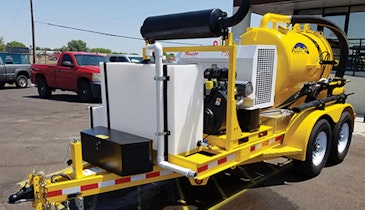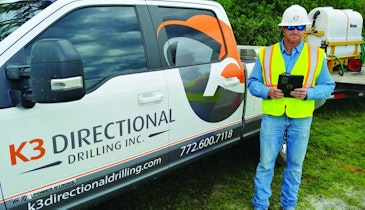When people hear the word "excavation," they often picture a large piece of equipment digging up dirt. However, excavation is a critical part of the construction process, laying the foundation for structures, streets and parking lots. Since each construction project is unique, a "one-size-fits-all" excavation service won't suffice. It's crucial to understand the different types of excavation for a successful project. Excavation can be categorized into two main types: task-based and materials-based. In this blog, we will explore the top three materials-based types of excavation.
- Topsoil Excavation – Before most construction projects begin, the upper layer of soil, known as topsoil, is removed. This layer contains organic compounds that promote plant growth and must be removed to expose more stable soil underneath.
- Earth Excavation – This involves removing soil beneath the topsoil and above the rock layer. It is the most commonly used type of excavation, whether for digging foundations for new buildings or trenches for installing gas lines. Equipment such as excavators and bulldozers are employed to excavate deeply and clear land. Contracts often refer to this as “common” excavation, which can include muck removal.
- Rock Excavation – Removing rock beneath the soil requires more than just standard earthmoving equipment. Techniques like pneumatic hammers, blasting, and drilling break the rock into manageable pieces for hauling or incorporation into embankments or foundations. If the rock is rippable, it can be removed using bulldozer attachments or hydraulic excavators. Note that removing concrete pavement and retaining walls is not considered rock excavation.






